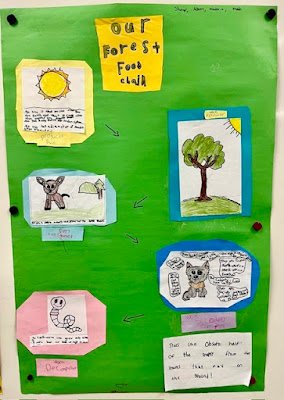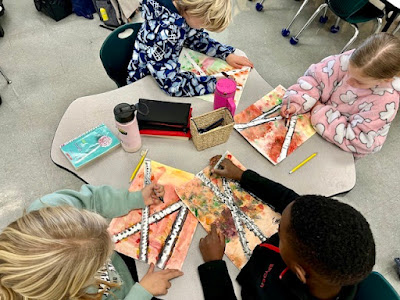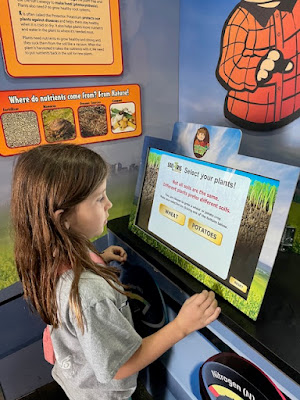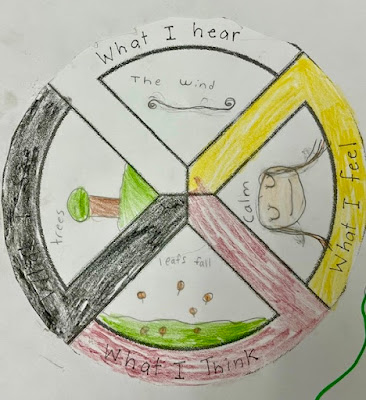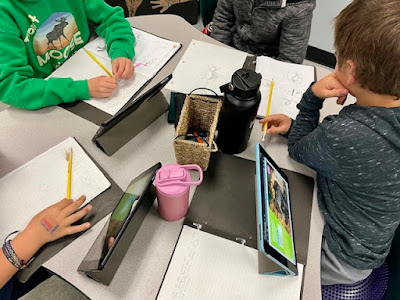
Fine Arts Learning Outcome: Outside stimulation from sources such as music, literature, photographs, film, creative movement, drama, television and computers can be interpreted visually.
On Monday students watched a news broadcast about a man named Larry who has collected over eleven million pop can tabs for Ronald McDonald House. After writing about what we learned about Larry and the Ronald McDonald House, students decided that they also would like to collect the tabs off of cans to help families stay close to their sick children. Students have already begun bringing in tabs for our classroom jar! We are so excited to see how many we will be able to collect by the end of the school year!
Social Studies Learning Outcome:
3.2.2 explore the concept of global citizenship by reflecting upon the following questions for inquiry:
• In what ways can individuals and groups contribute to positive change in the world?
• What are examples of international organizations formed by individuals

After a couple of weeks of research, students were able to complete their Science posters on various food chains. We began our project by using non-fiction text features to help locate specific information about the producers, primary and secondary consumers and decomposers that make up our specific food chain. Then we learned how to create a poster that will draw people in to want to read it while providing the important information we learned. Students were really proud to display their posters in our classroom.
Science Learning Outcome:
Students analyze and describe how plants and animals interact with each other and within environments.
Student Learning Intentions:
- I can represent various food chains in local and other Canadian environments.
Student Learning Intentions:
- I can examine a variety of text features that provide additional information in a text.
- I can include a variety of text features to organize, clarify, or enhance personal messages.













